When it comes to creating a visually captivating garden, flowers are not the only stars of the show. While blooms bring seasonal bursts of color, foliage with unique textures can provide year-round interest and dramatic appeal. Textured leaves—whether fuzzy, crinkled, glossy, or bold—add depth and dimension, making your garden look dynamic instead of flat. By mixing plants with textured leaves, you can turn even a simple outdoor space into a living piece of art.
In this guide, we’ll explore five stunning plants with textured leaves that can add drama, contrast, and sophistication to your garden design. Along with descriptions, you’ll find practical growing tips to help you succeed with each plant.
Why Choose Textured Leaf Plants?
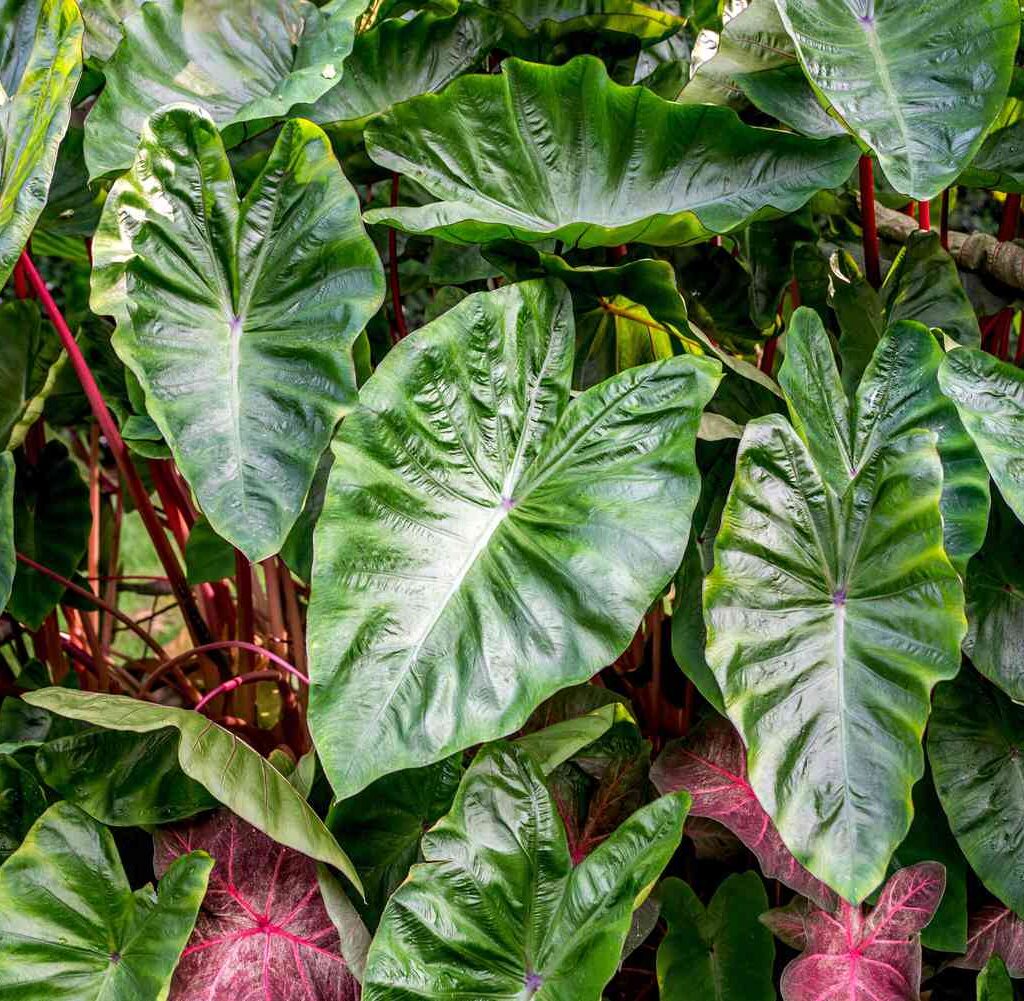
Before diving into specific plants, it’s worth understanding why textured foliage is so impactful:
- Visual Interest Year-Round: Unlike flowers that fade, leaves last much longer, ensuring your garden looks lively across seasons.
- Contrast & Balance: Textured leaves balance smooth, simple plants and highlight vibrant flowers.
- Layered Design: They create depth in garden beds and borders, giving the illusion of dimension.
- Sensory Appeal: Some textured plants, like fuzzy lamb’s ear, also engage your sense of touch, making your garden interactive and fun.
1. Lamb’s Ear (Stachys byzantina) – The Velvety Beauty
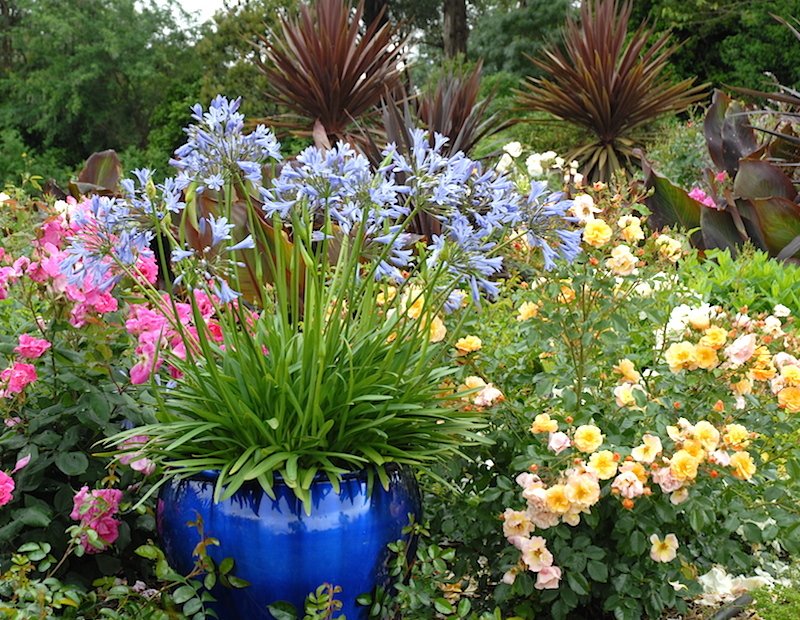
Lamb’s ear is one of the most recognizable textured plants, famous for its soft, silvery leaves that resemble the ears of a lamb. Its fuzzy texture not only adds charm but also softens the look of bold or spiky plants.
Features:
- Leaves are covered in fine hairs, creating a velvet-like texture.
- Grows low and spreads as ground cover, making it excellent for borders.
- Produces purple flower spikes in late spring to early summer, but the foliage is its main attraction.
Growing Tips:
- Light: Prefers full sun but tolerates partial shade.
- Soil: Well-drained soil; avoid overwatering as too much moisture causes rot.
- Care: Drought-tolerant once established, making it ideal for low-maintenance gardens.
- Design Idea: Plant alongside roses or colorful perennials to provide a soft contrast to bold blooms.
2. Hostas (Hosta spp.) – The Shade Garden Stars
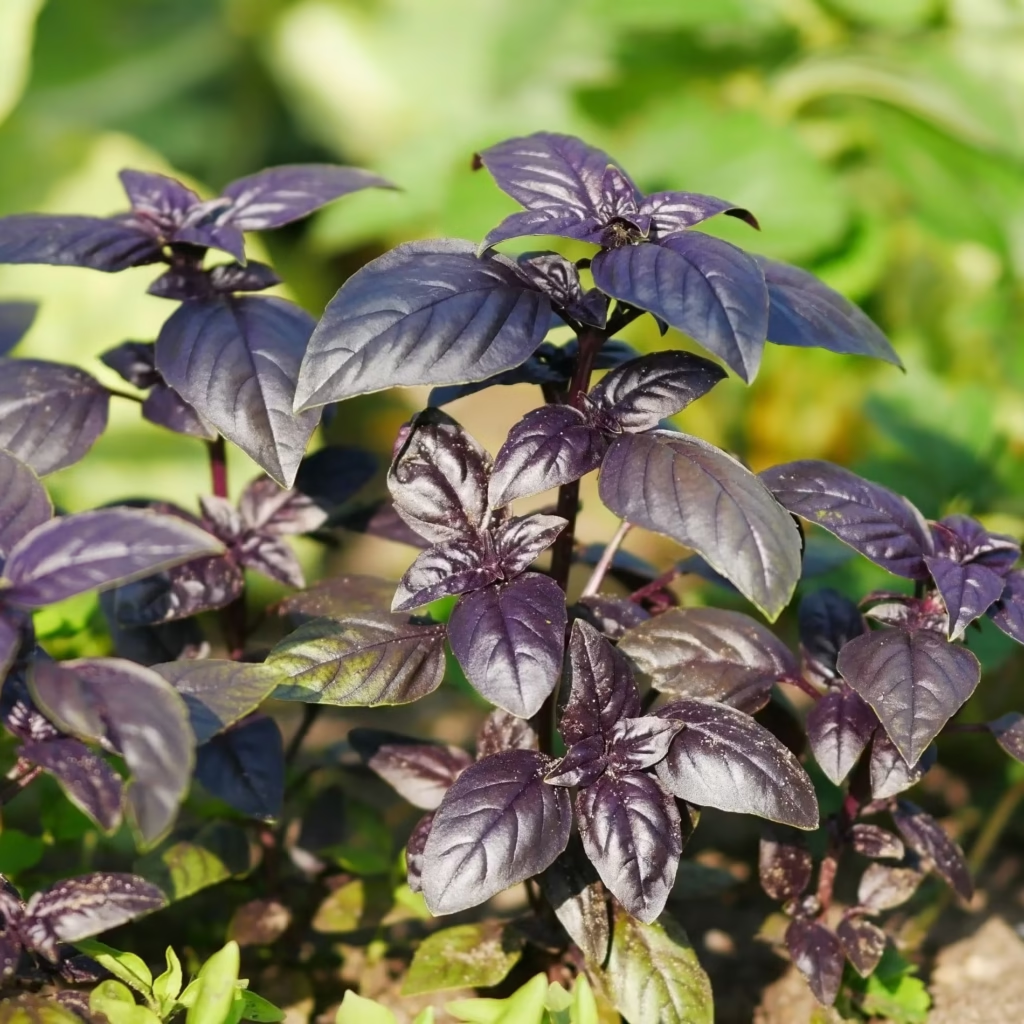
If you’re looking for variety in leaf texture and shape, hostas are unbeatable. Their foliage ranges from smooth and glossy to puckered and rippled, depending on the variety. Hostas thrive in shaded areas, making them a go-to for under trees and along north-facing walls.
Features:
- Large, dramatic leaves with textures ranging from quilted to glossy.
- Wide variety of colors: deep green, blue-green, variegated with white or yellow edges.
- Produces tall stalks of lavender or white flowers in summer, though the leaves are the main focus.
Growing Tips:
- Light: Best in partial to full shade. Too much sun scorches the leaves.
- Soil: Moist, well-draining soil enriched with compost.
- Care: Protect from slugs and snails, which love hostas. Mulching helps retain soil moisture.
- Design Idea: Use hostas to create lush borders or pair with ferns for a woodland look.
3. Caladium (Caladium bicolor) – The Bold and Colorful
Caladiums are tropical beauties known for their dramatic, heart-shaped leaves with striking patterns and textures. While most famous for their colorful foliage, their slightly crinkled, paper-like texture adds extra intrigue.
Features:
- Leaves come in vibrant shades of red, pink, green, and white.
- Leaf textures vary between smooth, slightly puckered, or veined.
- Works beautifully in containers, garden beds, or as houseplants.
Growing Tips:
- Light: Prefers partial to full shade outdoors; indoors, bright indirect light works best.
- Soil: Well-draining soil rich in organic matter.
- Care: Needs regular watering but dislikes soggy soil. Dormant in cooler months—store tubers for replanting in spring.
- Design Idea: Combine with simple green foliage plants to let their textured and colorful leaves shine.
4. Coleus (Coleus scutellarioides) – The Patterned Performer
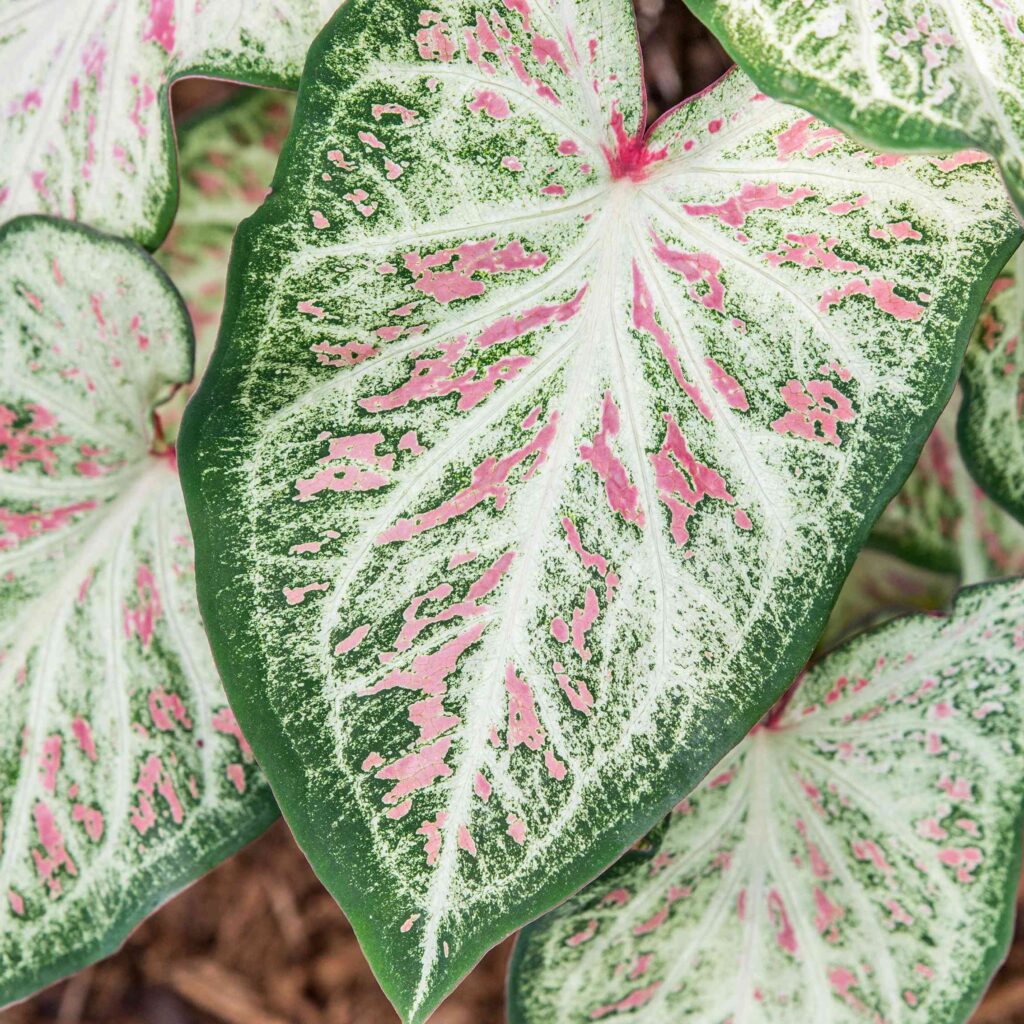
Coleus is another foliage-first plant, prized for its textured, patterned leaves that come in an almost endless array of colors. The serrated or ruffled edges of the leaves give them a striking texture, while the bold color contrasts provide visual drama.
Features:
- Leaves may be smooth, ruffled, or fringed, adding both texture and dimension.
- Colors include purple, lime green, burgundy, orange, and even combinations of multiple hues.
- Grows quickly, making it perfect for adding instant drama to your garden.
Growing Tips:
- Light: Thrives in partial shade, though some modern varieties tolerate sun.
- Soil: Moist but well-drained soil.
- Care: Pinch off growing tips to encourage bushy growth; water regularly to prevent wilting.
- Design Idea: Plant in containers for portable bursts of texture and color or mix in borders for a tropical flair.
5. Begonia Rex (Begonia rex-cultorum) – The Textured Jewel
Begonia Rex, often called the “King Begonia,” is a true foliage gem. Its large, spiraled, and textured leaves make it one of the most striking houseplants or shaded garden additions. The leaves often have a rough, almost metallic sheen with ridges and ripples.
Features:
- Known for their spiraled, puckered, and heavily textured leaves.
- Leaves come in shades of silver, green, burgundy, and purple, often with striking veins.
- Compact in size, making them excellent for small gardens, containers, or indoor displays.
Growing Tips:
- Light: Prefers indirect light or dappled shade. Direct sunlight can scorch the leaves.
- Soil: Loose, well-draining potting mix.
- Care: Keep soil evenly moist but not waterlogged. Mist occasionally to maintain humidity.
- Design Idea: Place Begonia Rex in shaded patio containers or pair with hostas for a textural masterpiece.
Designing with Textured Leaf Plants
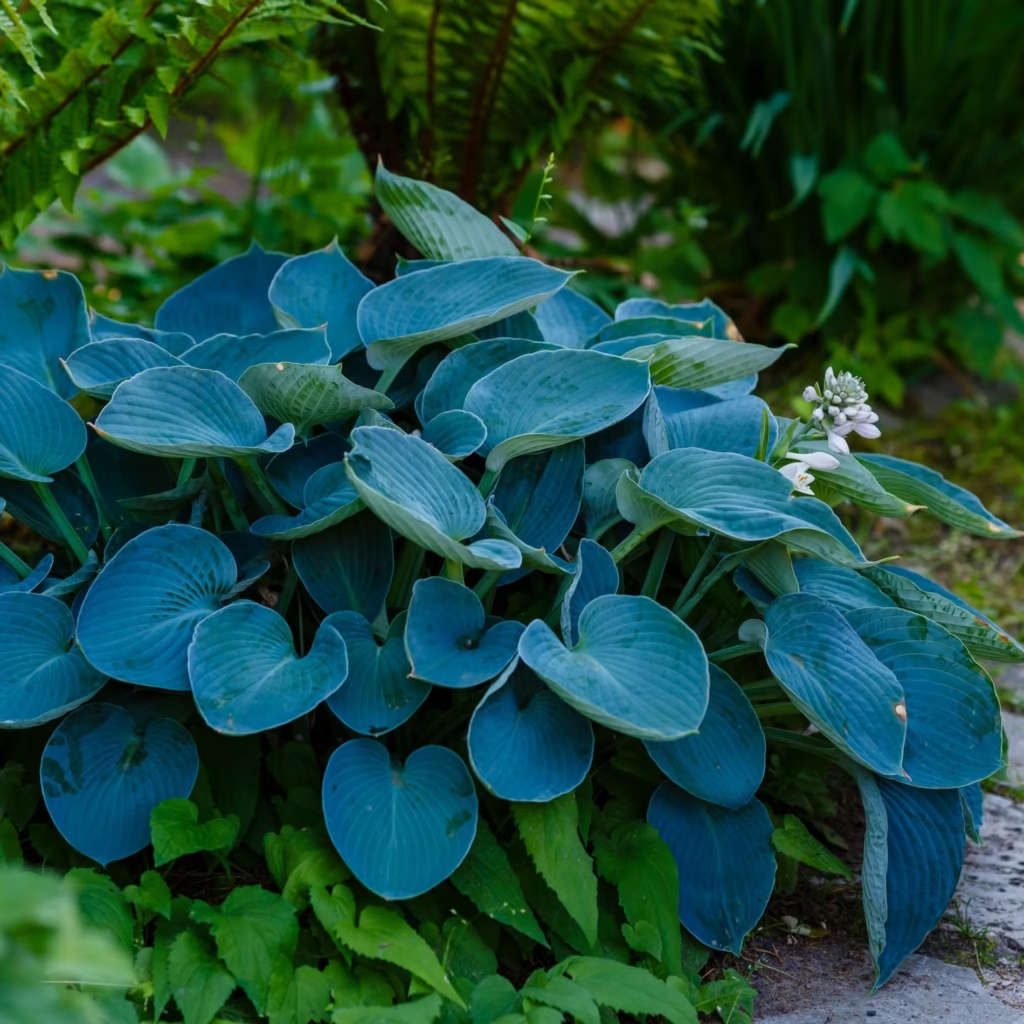
When incorporating these plants into your garden, consider the following design strategies:
- Contrast Bold with Soft: Pair fuzzy lamb’s ear with glossy or shiny plants for a striking balance.
- Layer Heights: Use large-leafed hostas at the back and smaller-textured plants like coleus or begonia at the front.
- Mix Colors & Textures: Combining colorful foliage like caladiums with solid green leaves creates an artistic display.
- Add to Borders & Containers: Textured foliage shines in both ground beds and decorative pots, giving you flexibility.
Final Thoughts
Gardens don’t have to rely solely on flowers to be stunning. By choosing plants with textured leaves, you can create a landscape that is visually captivating throughout the year. From the soft, velvety leaves of lamb’s ear to the bold, patterned foliage of coleus, these five plants bring drama, dimension, and charm to any garden design.
Whether you’re a beginner or an experienced gardener, adding textured foliage ensures your garden looks alive and engaging, even when flowers aren’t in bloom. Play with layers, contrasts, and combinations, and watch your garden transform into a vibrant, multi-dimensional masterpiece.
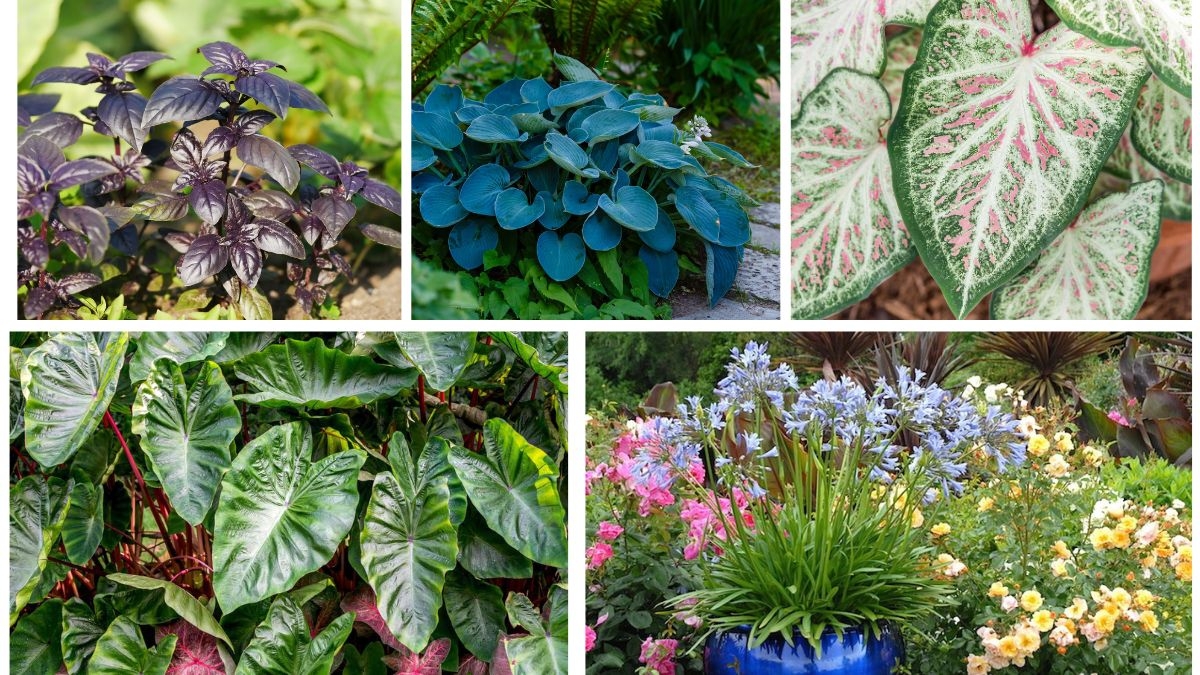


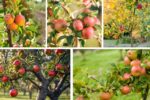


Leave A Comment